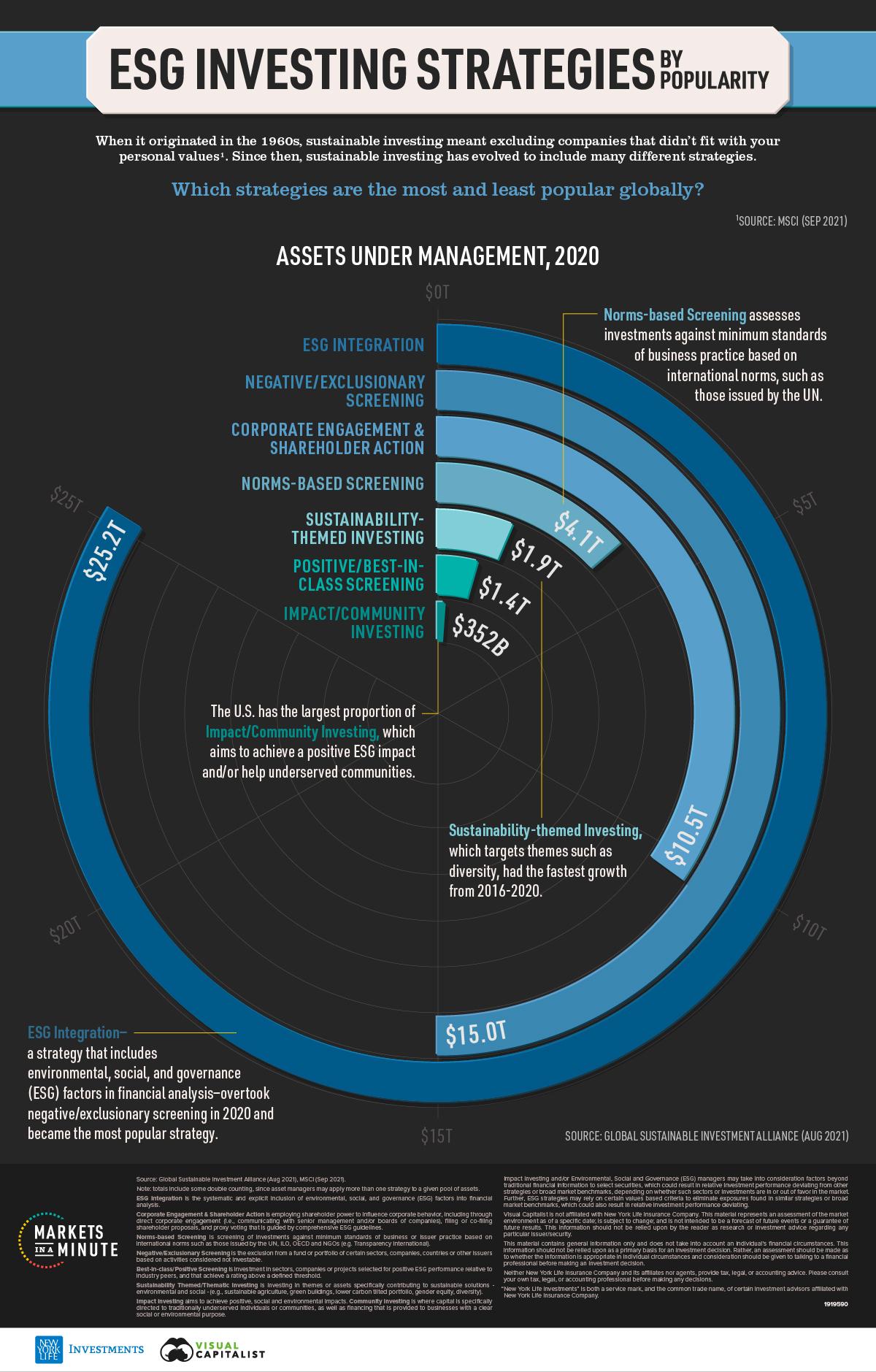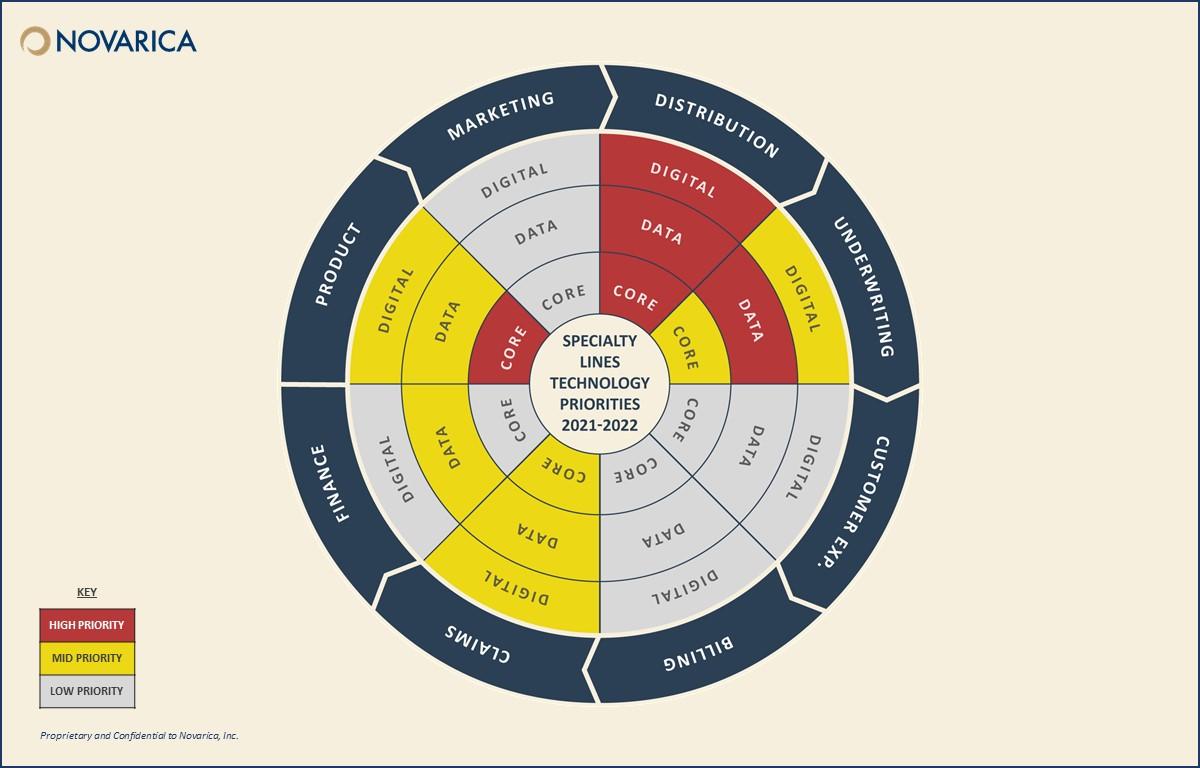As the financial landscape evolves at a breathtaking pace, the year 2025 stands on the horizon, promising a wave of innovation that is set to reshape specialty finance in profound ways. In an era where technological advancements and consumer demands converge, understanding the emerging trends becomes essential for industry stakeholders. From the rise of digital platforms to the growing emphasis on sustainability, these developments are not merely fleeting fads but rather cornerstone shifts that will define the future of finance. In this article, we will unveil the top three trends poised to transform the specialty finance sector, offering insights that will guide investors, lenders, and businesses alike through this exciting and uncertain frontier. Prepare to delve into a world where finance meets technology and responsibility, crafting a new narrative for a dynamic industry.
Navigating Technological Transformation in Specialty Finance
As the landscape of specialty finance continues to evolve, organizations must embrace technological innovation to stay competitive. The integration of advanced analytics and artificial intelligence (AI) is reshaping decision-making processes, enabling lenders to assess risks more accurately and expedite loan approvals. By harnessing big data, financial institutions can analyze customer behavior and market trends, leading to personalized offerings that meet unique client needs. In a rapidly changing environment, the ability to pivot and adapt is crucial for sustaining growth and enhancing operational efficiency.
Furthermore, the rise of blockchain technology is set to revolutionize transaction processing and security in specialty finance. Through decentralized ledgers, financial transactions can be conducted with increased transparency, reducing fraud risk and operational costs. This technology also facilitates the development of smart contracts, automating various aspects of lending and compliance, and streamlining workflows. To remain relevant, firms must explore the potential of these technologies to create innovative financial products and improve customer trust, ultimately leading to a new era of specialization within the finance sector.

The Rise of Sustainable Investment Solutions
The increasing awareness of environmental, social, and governance (ESG) factors has considerably uplifted sustainable investment solutions, positioning them as critical components in the specialty finance landscape for 2025. Investors are more informed than ever, seeking opportunities that align not only with their financial goals but also with their ethical values. This shift in mindset has led to a surge in demand for investment vehicles that advocate sustainability, pushing financial institutions to innovate and offer products that confidently incorporate ESG principles.
Key developments contributing to this momentum include:
- Enhanced transparency: Investors are now equipped with tools to assess ESG metrics accurately, ensuring their investments truly reflect sustainable practices.
- Impact measurement frameworks: New methodologies are emerging to quantify the positive effects of investments, enabling stakeholders to track the actual societal impact of their financial decisions.
- Collaborative platforms: Increased cooperation among industry players fosters the sharing of best practices and innovative strategies in sustainable finance.
These trends not only amplify the significance of sustainability in investment choices but also attract a new wave of investors motivated by a blended return profile—combing financial rewards with societal benefits. Traditional investment frameworks are being reshaped, creating a robust foundation for a future where finance and sustainability are inherently intertwined.

Adapting to Regulatory Changes and Compliance Demands
As the specialty finance landscape continues to evolve, organizations must remain agile in their approach to regulatory shifts and compliance requirements. This adaptability is touted as more than just a best practice; it’s essential for sustaining long-term growth and maintaining trust with stakeholders. Financial institutions are increasingly utilizing advanced data analytics and automation technologies to monitor regulatory changes in real-time, ensuring timely adjustments to processes. By fostering a culture of compliance and investing in training programs, firms are positioning themselves to not only meet these demands but to exceed them.
Additionally, collaboration with regulatory bodies is becoming a pivotal strategy in navigating the complexities of compliance. Establishing proactive communication lines can lead to a greater understanding of regulatory expectations and allow firms to share insights on emerging risks. The integration of compliance considerations into the strategic planning process is becoming standard practice. Organizations are now focusing on cultivating a compliance-first mentality that aligns with their business objectives, thereby turning regulatory alignment into a competitive advantage. Consider the following key elements that underline this evolving compliance landscape:
| Key Element | Description |
|---|---|
| Data-Driven Insights | Utilizing analytics to inform compliance strategies and identify potential risks. |
| Real-Time Monitoring | Adapting processes that can respond dynamically to changes in regulations. |
| Stakeholder Engagement | Building relationships with regulators for transparency and guidance. |

Enhancing Customer Experiences Through Personalization Strategies
In the rapidly evolving landscape of specialty finance, the implementation of personalized strategies stands out as a pivotal differentiator. As businesses harness advanced data analytics, they can derive insights into customer preferences, behaviors, and needs, creating tailored experiences that resonate deeply. By leveraging these insights, companies can engage customers through personalized communication, targeted offers, and custom financial solutions, driving loyalty and satisfaction. Personalization not only enhances customer retention but also fosters a sense of connection, making clients feel valued and understood.
To effectively implement personalization, financial institutions should consider adopting multifaceted approaches, including:
- Data-Driven Insights: Utilize advanced analytics to interpret customer data and identify unique patterns.
- Segmentation: Classify customers into distinct groups based on various criteria such as demographics, spending behaviors, or financial goals.
- Customized Solutions: Develop financial products tailored to the specific needs of different customer segments.
This strategic focus on individualized customer journeys not only enhances user experience but also positions companies to thrive in a competitive market, illustrating that understanding and meeting client expectations through personalization is not merely an option but a necessity for success in specialty finance.
In Summary
As we embark on the journey towards 2025, the landscape of specialty finance continues to evolve, driven by innovation, adaptability, and an unwavering focus on consumer needs. The trends we’ve explored serve not only as a roadmap for businesses and investors but also as a reflection of the dynamic market forces at play. From the rise of digital platforms reshaping accessibility to the integration of AI enhancing decision-making processes, the future is poised for transformation.
As we move forward, staying attuned to these trends will be crucial for navigating the complexities of specialty finance. Whether you’re a seasoned professional or a curious newcomer, understanding these shifts will empower you to seize opportunities and mitigate risks in an ever-changing environment.
The future is bright and full of potential; embracing these trends today can unlock new possibilities for tomorrow. With this insight in hand, we invite you to join us in anticipating the exciting developments that 2025 will undoubtedly bring.
